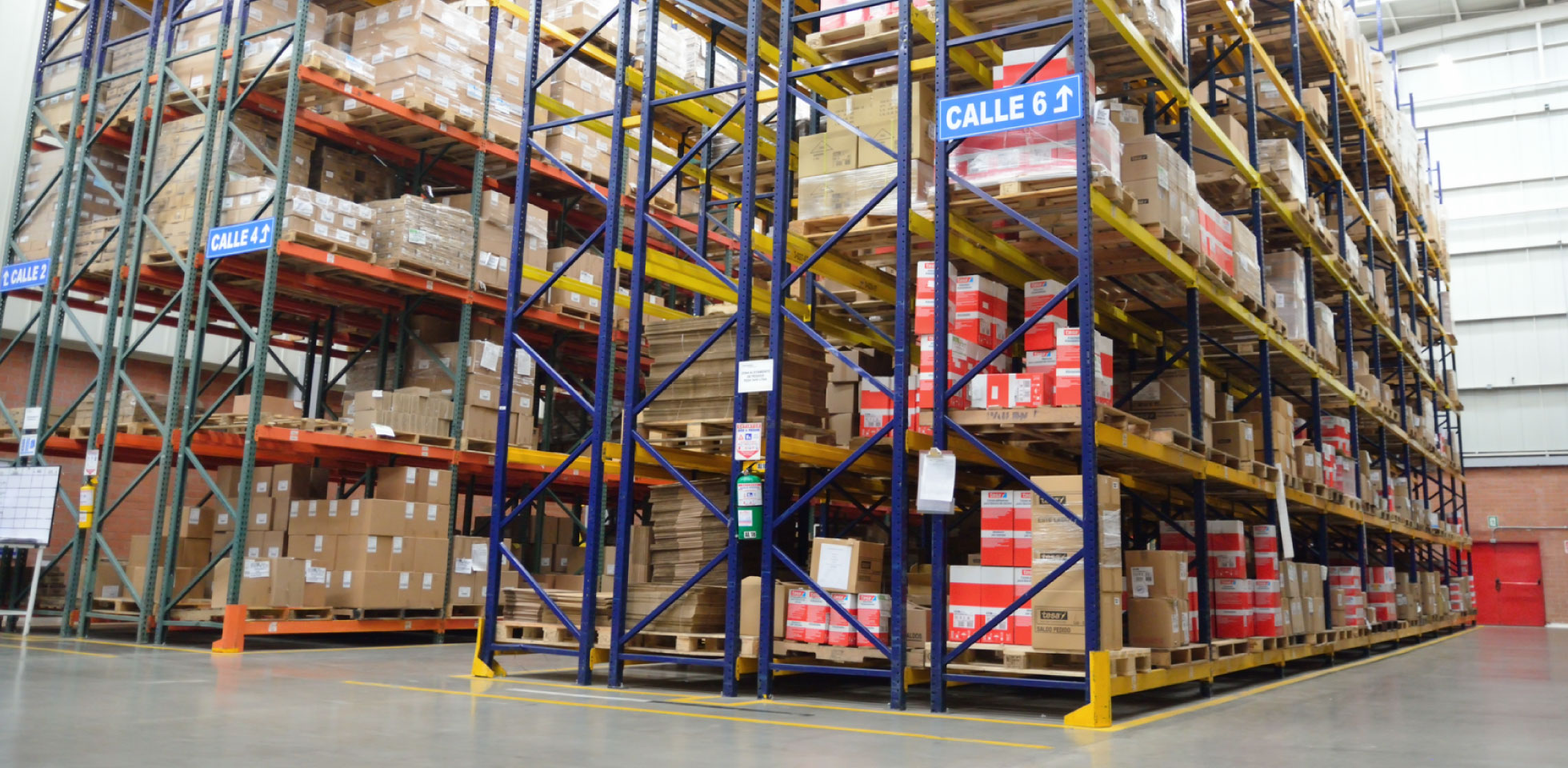These days, companies are as demanding with the products they buy as with the service and after-sales attention they get. By engaging many parties, supply chain must focus on service so it can truly become a competitive advantage.
Before, the purchasing patterns of clients were cyclical. Today, patterns are continuous because the contact points clients can access are always active and let them reassess their options constantly and define their own experience according to their expectations and needs.
As digital adoption continues, it will be increasingly necessary to understand the new dynamics of companies. Thanks to technology, consumers now have more control on their purchasing, and they can switch contact points or brands at any moment. They are more persistent and influential, and they look for a consistent service experience across all channels.
A traditional supply chain usually has low investment and a few employees, and this makes it harder to carry out an efficient service operation.
New practices show logistics is moving from a model that supplies and moves tangible materials to one based on partnerships, relationships, and networks that create competitive advantages and value.
The biggest difference between a traditional supply chain and a service-oriented supply chain is the focus. The former centers on products, assets, and stock while the latter centers on more intangible aspects such as capacity, experience, knowledge, and the implementation of these concepts.
A service-oriented supply chain does not completely revolutionize a traditional chain because factors like facilities design, inventory administration, transport policy, supply activities, and price setting are critical functions for the operation of any supply chain; however, it does propose and identifies valuable activities that may become competitive advantages.
One way to improve service is by opening more support channels like chatbots, developing new models of differentiated service, and making the best use of technologies that enable an increased communication and connectivity by analyzing data and turning it into relevant offers and experiences.
A supply chain based on service is a series of activities where clients and suppliers interact in a way that creates value, and it finds support on several elements:
- Designs resources considering the traditional supply chain such as facilities, inventory, transport, information, supply, and prices. The value of this element is assigned by the product’s quality and its possible improvement.
- Proposes differentiating technological and physical tasks carried out by the company to add value. The interaction of these activities and their systematic linking may be used as a competitive advantage.
- Fosters reciprocity thanks to the exchange of values between the suppliers and clients; in other words, the interaction of those engaged in a supply chain can be achieved through collaboration models.
According to Accenture Strategy, the new operational model centered on clients must include three key features:
- Value-Chain Mentality: in this model, client experience, innovation, flexibility, and agility become central and make it possible for companies to use the right assets to fulfill clients’ orders. This supply chain removes functional silos and enables the internal collaboration of all the departments involved and a better connectivity with external partners. In other words, it creates a true ecosystem that guarantees a better service.
- Employees: this is the most affected aspect in the supply chain. It is expected for the staff to consist of three types of employees: digital employees to automate a great portion of the daily operations; the permanent and trained employees tasked with maximizing the value of clients and boosting innovation; and on-demand employees with the necessary experience and skill to address specific challenges and help make the company more agile and responsive.
- Growth-Oriented Execution: Silos are abandoned to adopt new metrics or KIPs to assess results in every step of the value chain.
Because of the realness of multi channels, we can conclude that we should not see a supply chain just as the transfer of tangible products but also as a series of activities carried out by several parties that create value. We expect upcoming research to suggest new ways to measure the performance of service-oriented supply chains.
To truly make the best use of our supply chain as a differentiator, it should be more receptive to the needs of the clients who, currently, choose customized and reliable products delivered as soon as possible by a flexible and focused operational model.
Starting with an agile operational model that serves clients both in traditional and newer channels, will save us high costs and risks in the market, and will show the way to implement, in the future, a supply chain that focuses entirely on the service and fully satisfies the expectations of clients.






